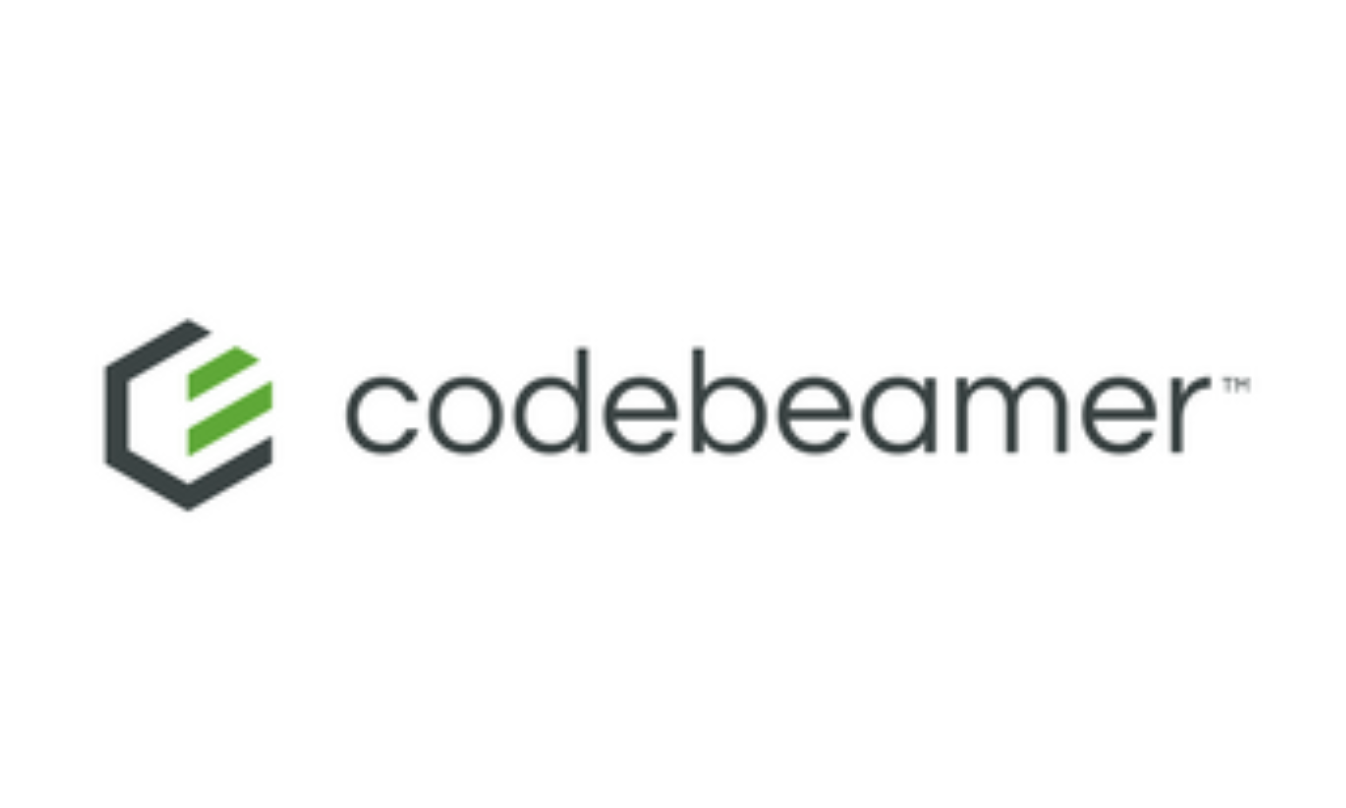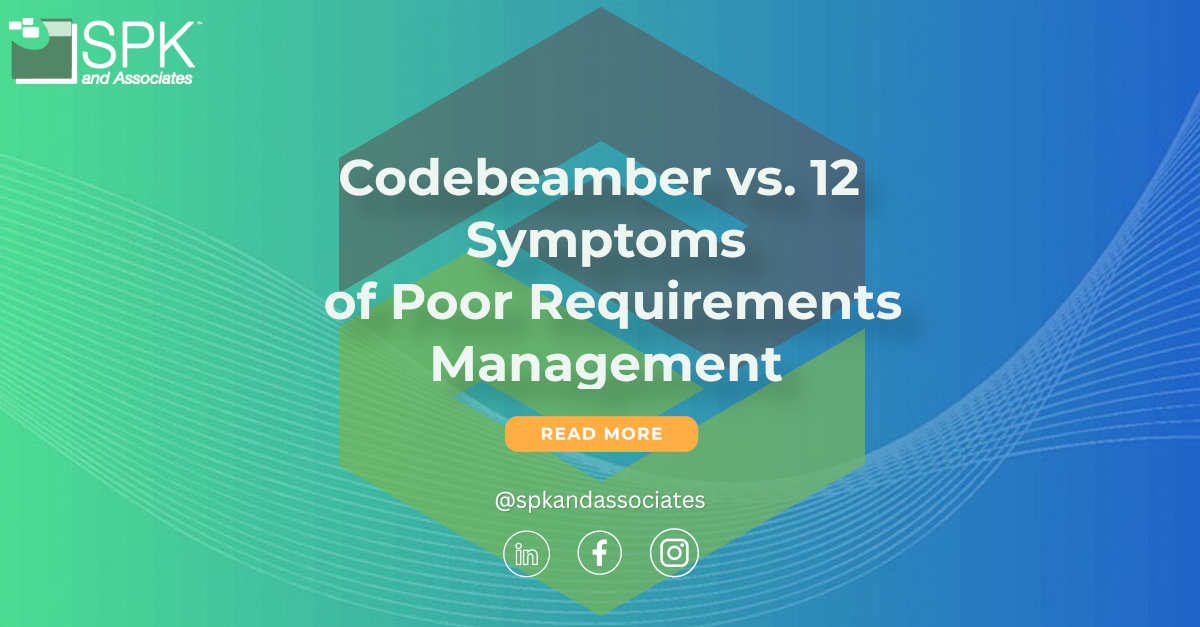Managing requirements can feel like a flawed game of telephone—messages get distorted by the time they reach their destination. This doesn’t just waste time and resources, but puts the entire project at risk. Legacy tools often fall short in meeting modern project needs, leading to missed deadlines and broken communication. The challenge is updating your approach to requirements management without disrupting the workflow. Let’s show you how you can do that.
12 Symptoms Of Poor Requirements Management
- Missed Deadlines: Projects consistently run over schedule, hinting at a mismatch between requirements and actual deliverables.
- Budget Overruns: Escalating costs can signify poor initial estimations and scope creep, often due to unclear requirements.
- Low-Quality Output: Products or solutions that don’t meet expectations are usually the result of misunderstood or incomplete requirements.
- Inefficient Resource Allocation: Resources like manpower and time are poorly utilized, indicating a lack of clear guidelines or requirements.
- Stakeholder Dissatisfaction: When expectations are not met, both internal and external stakeholders may express discontent.
- Communication Breakdowns: Teams face difficulty in collaboration and understanding, leading to delays and errors.
- High Rate of Change Requests: A constant need to amend original requirements suggests they weren’t accurately captured or communicated.
- Reduced Competitive Edge: Slow project turnarounds can make you lag behind competitors who manage their requirements more efficiently.
- Team Burnout: Constantly changing goals and deliverables can lead to exhaustion and lower morale among team members.
- Regulatory and Compliance Issues: Ambiguously defined requirements may overlook necessary legal standards, risking penalties.
- Inadequate Testing: Poorly defined requirements make it challenging to create effective test cases, jeopardizing the quality assurance process.
- Frequent Escalations: An increase in issues requiring managerial intervention often indicates a failure in initial planning and requirements gathering.
If any of these resonate with you, the chances are you need to review your current approach to requirements management. We’ll explore this more shortly.
Mismatch Methodologies: Agile vs. Waterfall
Here’s another often overlooked, yet potential issue with your current requirements management process. It could be to do with your project methodology.
Waterfall focuses on thorough planning and predictability but is rigid when it comes to mid-project changes. Conversely, Agile provides the flexibility to adapt requirements as you go, working in short cycles called sprints. Typically businesses may favor one over the other. Yet, these methodologies are not mutually exclusive. Enter the Agile-Waterfall Hybrid. This is a balanced approach combining Waterfall’s rigorous planning with Agile’s nimbleness. This model is ideal for complex projects, applying Waterfall for hardware development and Agile for software.

The Hybrid approach offers a customizable solution, letting you tailor your methodology to fit specific project needs. It encapsulates the benefits of both Agile and Waterfall, making it a compelling choice for those seeking both predictability and adaptability.
Top Tips For Streamlining Requirements Management
- Central Repository: Managing a project without a centralized system is like running a city without traffic control: chaotic. A central repository organizes all your requirements. With tools like Codebeamer, this is simplified, enhancing collaboration and reducing errors.
- Prioritize Quality Requirements: Resist the urge to amass countless requirements. Instead, focus on quality. Codebeamer’s ‘Requirements Reuse’ feature lets you repurpose high-quality requirements for new projects, saving both time and resources.
- Integrate Validation and Verification: Ignoring validation or verification can lead to setbacks, such as missed deadlines or budget overruns. Codebeamer seamlessly integrates these processes, improving tracking and accountability. Thus, reducing mistakes and mitigating risks becomes more achievable.
- Keep Everyone Connected: Poor communication often breeds errors and confusion. Codebeamer aids in real-time discussions and instant feedback loops among team members. The result? Enhanced cohesion and efficiency.

Improve Requirements Management With Codebeamer
Codebeamer is more than just an ALM tool; it’s a holistic solution for streamlining requirements management. By centralizing requirements, it links them to design, test cases, and risks, keeping all stakeholders informed. With its Agile-Waterfall hybrid methodology, Codebeamer enhances flexibility and fills communication gaps. Plus, its knack for platform integration creates a secure, unified management ecosystem. In fact, Codebeamer even helped Medtronic resolve its own requirements management needs. Here’s the case study on it if you want to learn more.
Top Benefits of Using Codebeamer for Requirements Management:
- Enhanced Communication: Real-time discussions and immediate feedback loops ensure everyone stays in sync.
- Robust Security: Conforms to modern security standards and aids in risk mitigation.
- Transparency: Real-time status updates on each requirement improve accountability.
- Seamless Communication: User-friendly for both technical and non-technical stakeholders.
- Agility: Ideal for Agile methodologies, enabling quick iterative adjustments.
- Compliance: Aligns your requirements with relevant standards, avoiding penalties.
- Centralized Repository: All requirements and documents accessible in one place.
- Adaptability: Flexibility to operate within various project management methodologies.
- Proactive Risk Management: Prioritize, track, and mitigate risks effectively.
- Uncompromised Security: Adheres to the highest security standards.
- Effortless Compliance: Simplifies the navigation of regulatory standards.
- Version Control: Revert to previous versions of requirements easily.
- Real-Time Reporting: Dashboards for quick, data-driven decision-making.
At SPK, we’re often asked how PTC Codebeamer compares against Jama Connect as an ALM software. So, we wrote this helpful article to help you if you are wondering the same.
Ready to streamline your requirements management process? Our team is on hand to support you with any questions you may have. Contact us for a no-obligation discussion.







